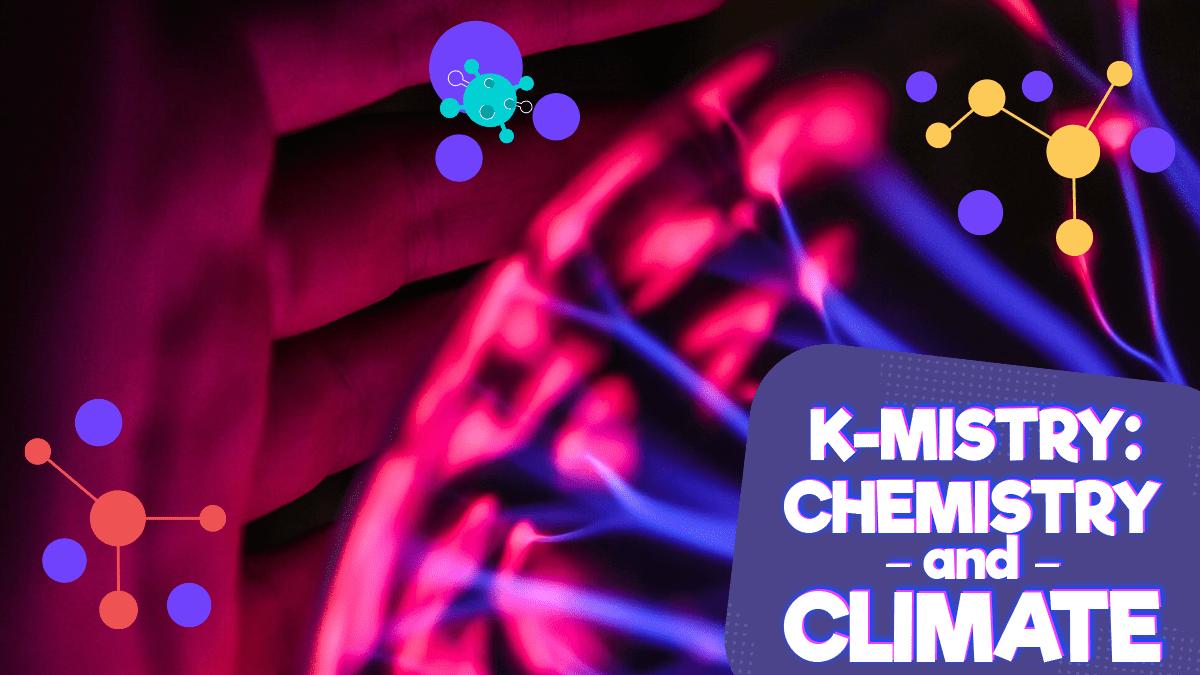Green chemistry involves creation on the molecular level – going right down to the tiniest particles and devising chemical reactions that create new products that have the ability to meet the goals we’ve set ourselves to make things more sustainable and energy-efficient. They can also help reduce the amount of waste and harmful matter in the environment.
It helps us turn something we don’t want into something we do! Chemists have found that when CO2 molecules are kept in a transitive state – that’s when it’s just at the point of turning from a liquid into a gas, it can be used as an industrial refrigerant to keep things cool.
Thanks to these findings, the climate impact of buildings can be reduced by around 15%. It can also replace the harmful greenhouse gases that are used for refrigerating things. And it’s not just keeping things cool…
The polystyrene trays you find in fast food restaurants and in the packaging of ready meals are made with CFCs which are harmful to the environment, but it’s possible to replace those CFCs with CO2. Green chemistry is helping keep tons of CFCs out of the atmosphere and by using existing CO2, helps reduce global levels of CO2. But there are even more amazing ways it’s helping solve problems…
Green chemistry is helping companies make paints that are both cheaper and have a lower carbon footprint. Most paints contain a chemical called Titanium Dioxide. This helps the colour pigments cover up what’s underneath – but it’s super expensive and takes a lot of energy to make. Through research to find greener chemical reactions, chemists have developed a polymer that helps the titanium dioxide to be dispersed more evenly and thoroughly.
The paint’s effectiveness was actually improved while requiring less titanium dioxide to make it and less water too. And if that wasn’t enough, it also reduced the amount of harmful chemicals that can lead to smog – which is a dangerous polluting fog.
Green chemistry could also fuel a whole new greener kind of – well…FUEL! It can help us get fuel out of waste gas – something that’s been rather tricky to achieve. Microorganisms CAN convert waste gases to fuel but because most waste gases don’t have quite the right combination of molecules, it’s not always possible. Chemists have found a way to convert the waste WITHOUT these molecules and this green fuel creates 70% less greenhouse gases than fossil fuels.
Here’s a cool experiment where you can use CO2 to blow up a balloon:
Materials:
- Empty 12-16 oz soda bottle (or any bottle about that size with a small neck)
- Balloon
- Baking Soda
- Vinegar
- Small funnel
- Teaspoon
- Small measuring cup
Directions:
- Scoop the baking soda into the balloon using the funnel
- Put the vinegar into the flask using a pipette or small measuring cup
- Next, attach the balloon to the top of the flask; make sure not to pour the baking soda into the vinegar!
- Count to 3 and everyone holds up their balloon so the baking soda falls into the vinegar,
creating a chemical reaction and blowing up their balloon. - SCIENCE: When baking soda and vinegar are mixed together, it creates a gas called carbon dioxide. The gas begins to expand in the bottle and starts to inflate the balloon. The more gas that is created, the larger the balloon will inflate.
Created with the support of a Royal Society of Chemistry Outreach Fund grant








